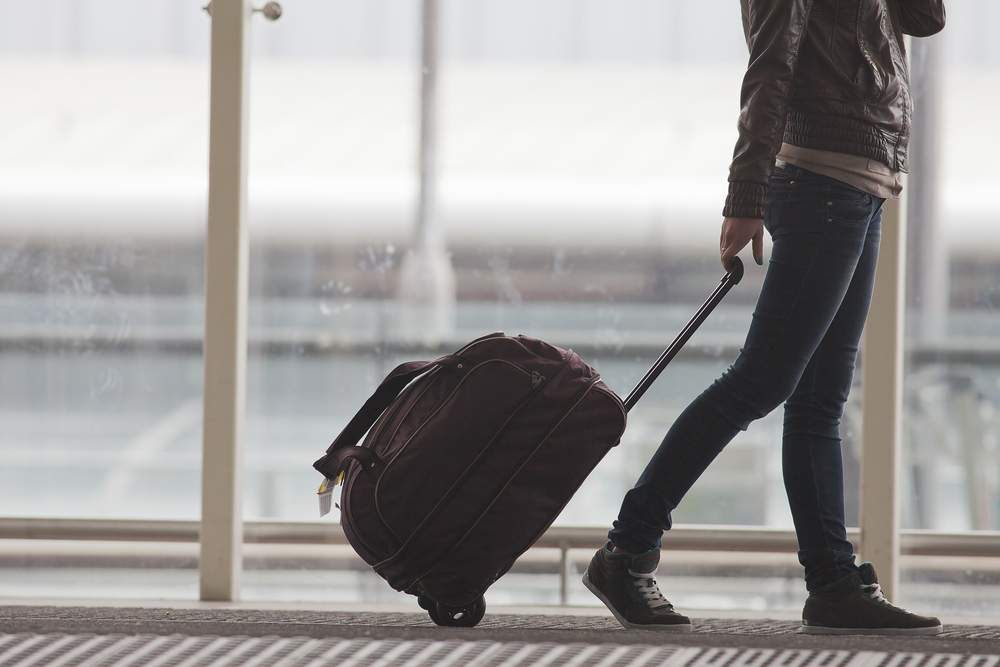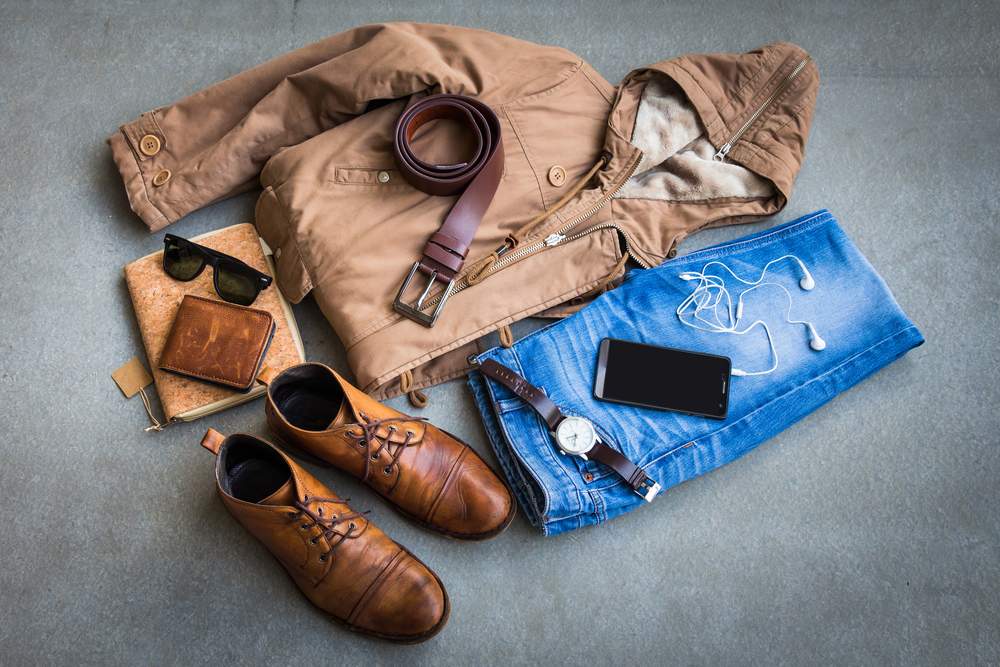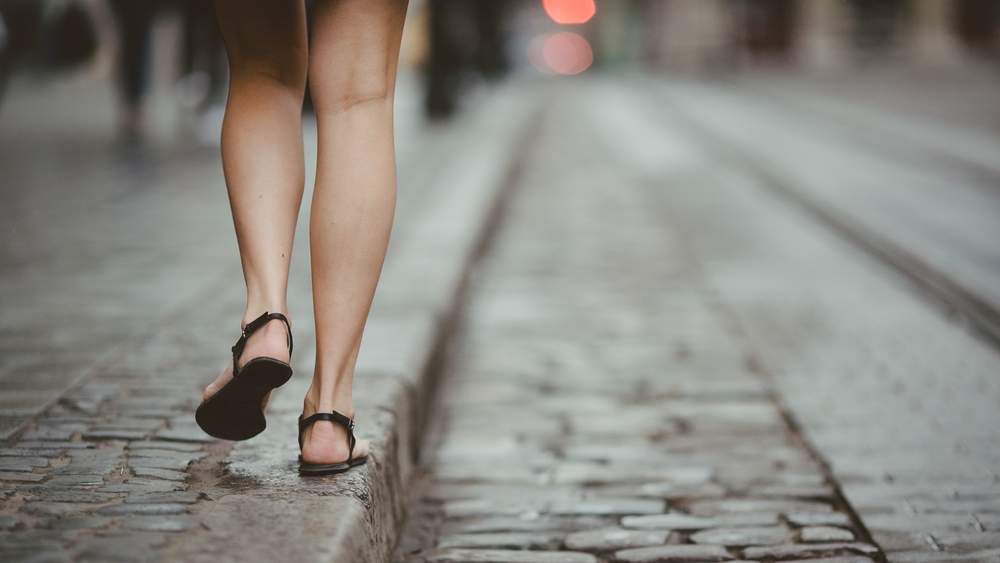Round-the-world and long-term travelers often boast about their abilities to pack several months (or years) worth of clothes in a single bag. The key to packing light is to pack sturdy items that can be worn in a variety of ways and that can easily be washed on the road. In that way, packing for a year really equates to packing for a few days. When you’re traveling long-term, you’re generally staying longer in one place, which means more time to do mundane chores like washing your clothes every few days.
But what about those of us who travel for business and also like to tack on some leisure travel at the end of a work trip? We don’t want to waste precious seconds washing a pile of dirty clothes, but we still want to travel with less luggage.
That’s relatively easy if the trip takes us to a single climate or if we’re going for a single purpose. But try to bookend a business trip to Japan with a week exploring Southeast Asia, or a trip to South Africa with a few days layover in Europe, and the situation becomes infinitely more complicated.
Packing for two widely different destinations or trips with one bag can be done, but it’s tricky even for the most experienced travelers. Here’s how to do it.
Carry everything on
Use your carry on allowance (small roller bag and a shoulder bag as a personal item) to its full capacity. Besides saving the killer fees per leg, there is no chance of lost luggage, theft, missing connections, and luggage-handling delays slowing you down. Don’t waste your time and money checking bags.
Choose the right bag

For your main carry on, get a bag that travels as hard as you do.
Look for something lightweight, durable, and easy to maneuver through the airport, with a maximum length of 21 to 22 inches (check with your carrier as limitations can vary somewhat especially on budget airlines). You want a bag that doesn’t weigh much empty but is still sturdy. You can find bags weighing in at just over two pounds – do not buy a bag that exceeds ten pounds empty. I found that the best materials are a 1000 Denier (tightness of weave) Cordura or a 2000 Dernier ballistic nylon, especially if you are a frequent traveler.
A backpack with a telescoping handle and exterior lacing to grip additional gear or piggy-back a smaller bag makes a more flexible choice than a traditional roller bag.
The Turbo Transit backpack by L.L. Bean is a good one to consider. Fred, a friend of BootsnAll and founder of Tortuga Backpacks, designed his own pack for long-term travelers.
If you’re not the backpack type and prefer a roller bag, your larger bag should have multi-directional wheels and a long, fully retractable handle that the smaller “under the seat” bag can stack on top of as you wheel. Check that the ensemble fits your arm length comfortably at a full “running to the gate” roll. Tumi, Eagle Creek, and TravelPro all make good carry-on sized suitcases and bags.
For your second, smaller “personal item“ bag, look for an expandable piece with separate zippered compartments that fits under the seat in front of you – the maximum measurements are 9x10x17 inches.
Everything you need during your flight should be in this bag. Any medications, laptop, tablet, phone, and gadgets, camera, charger, adaptors, neck pillow, snacks, toiletries, jewelry, book, wallet, passport, dark glasses and a change of clothes should all fit into this bag in case your main carry on is gate-checked or forwarded to your final destination because of packed overhead bins.
Research your destinations
A few weeks before the trip, research the destinations and weather forecasts. If you haven’t been there before, look for dress cues in the city or country by visiting the tourism website or contacting your hotel’s concierge. Business attire in Nairobi is not the same as in Beijing.
Simplify with a signature look
If you’ll be attending a business meeting in a large city, remember “less is more” and “every piece has to work hard, twice.” For example, when the owner of a professional shopping company I know travels year-round from her apartment in Paris to meet with executives of large clothing stores in the US, she always wears a simple black dress or suit with heels, but she tops it with a fantastic coat. When she removes her statement coat, what she’s wearing recedes and her face and gestures became the focus.
On the road, most people will see you only once. Wear your signature look over and over again, just edit for the new audience, new location, and time of day.
Limit yourself to practical options

Leave your uncomfortable and impractical outfits at home. Instead, limit yourself to necessities only.
Whether your traveling for business, vacation, or adventure, your clothing choices should be practical and versatile. A beautiful tunic can work for more than one environment – for dinner at the Four Seasons in New York City it’s a dress, at the Mauna Kea in Hawaii it becomes a poolside cover-up.
Don’t include a piece of clothing in your luggage if it won’t work in multiple locations, doesn’t mix and match with other pieces or has to be specially cleaned.
Invest in travel-friendly clothes
Sports enthusiasts demand hi-tech durability, ability, and style from athletic wear. Your clothing requirements are the same. The bottom line is that you’ll want comfortable and functional clothes. For cooler climates, layer. For warm, pack breathable fabrics.
One of my favorites is a lightweight, well tailored equestrian riding jacket of spandex and nylon that I use to keep the chill away in a plane cabin, add authority in the boardroom or to hike up a Swiss mountainside. For two-climate versatility, I like Columbia Sportswear’s Omni-Shade® line of hats, pants, and tops. They protect from sun damage by blocking the harmful UVB and UVA rays and also work as layering pieces in the cold. They have the Skin Cancer Foundation’s Seal of Recommendation for a minimum UPF of 30, are light and easy to pack.
My other go-to pieces are tops, slacks, shirts and pants with sweat-wicking qualities, better quality yoga pants, 95% cotton/5% spandex undies, quick-dry socks, convertible travel pants, and other items, all available from sportswear manufacturers.
Tights and leggings are a fabulous space-saver for the ladies. Add a pair of leggings to that hot summer tunic dress and you are set for cooler destinations.
If your taste doesn’t run to “le sportif,” check out specialized travel wear in non-wrinkle fabrics that provide a more traditional look to dress shirts, slacks, jackets, skirts, and pants.
Decide on a destination palette
Select a neutral palette that reflects your destination and the season. In New York City, I always settle on black. Gray for spring reigns in San Francisco and navy is is my first choice for summer into fall in Lisbon. Adding a silver pin, belt, or watch can keep your simple silhouette from the mundane. A pop of color in the form of a scarf, gloves or tie can be tucked into a shoe.
Bring comfortable shoes

On most trips, you’ll do a lot of walking, so you’d better love the way the shoes you pack feel–not just the way they look.
I like ballet flats with formed rubber soles that support my feet. Break them in before you travel and change your day shoes for another pair at night to give your traveling feet a rest.
Take two pairs of comfortable shoes. Both should work for both day and night, casual and dressy with most of your clothes. Wear the bulkier pair on the plane to save space in your bags.
Some final packing tips from travel experts
Amy E. Richard, Media and Communications Manager at Oregon Shakespeare Festival in Ashland, Oregon says, “When packing for a warm clime and cold clime, I‘ve learned those light, thin down jackets (mine is a Marmot) are best because they can be stuffed into very small bags.”
Maralyn Hill, President of the International Food, Wine and Travel Writers Association shares, “I like to use vacuum bags to compact items. I’ll usually take one or two to compact dirty clothes enough to leave room for what I might acquire.”
Colleen Friesen, a cycling and outdoor adventure writer, confesses her weakness for her down vest: “Unless I’m going somewhere tropical, I always pack my stuffable down vest. It’s actually Hollofil or something and it zips into a tiny pocket. It’s a lovely base layer that works with my windbreaker.”
Lena Katz, travel journalist, Orbitz blogger, and author says, “I never pack close-toed dress shoes. They are impractical in the extreme. In cold weather your feet will freeze, in warm weather, you’ll sweat and get blisters. Nice boots are my go-to footwear. You can wear them with a dress in warm climates, with pants or over leggings in cold. I tend to go for dresses and leggings or tights instead of lots of pants/shirt combos. Wear the bulkiest stuff– jeans, jacket, giant clodhopper boots and sweater to the airport – even if you’re flying out of Miami in summer. You’re not going to be outdoors long enough to melt, and once you get in the airport and on the plane, it’ll be air-conditioned and probably even a bit chilly, so you’ll be glad of the warm clothes.”
What tips do you have for packing for two trips? We’d love to hear from you.
Learn more about packing light:
Want more travel goodies in your inbox? Sign up for BootsnAll’s Daily Dose.
Photos by:ImYanis, Pavel Ilyukhin, Still AB, Jurij Krupiak